Uncovering Tsingtao beyond the Brewery: The Subterranean Relics of Germany’s Forgotten Asian Outpost
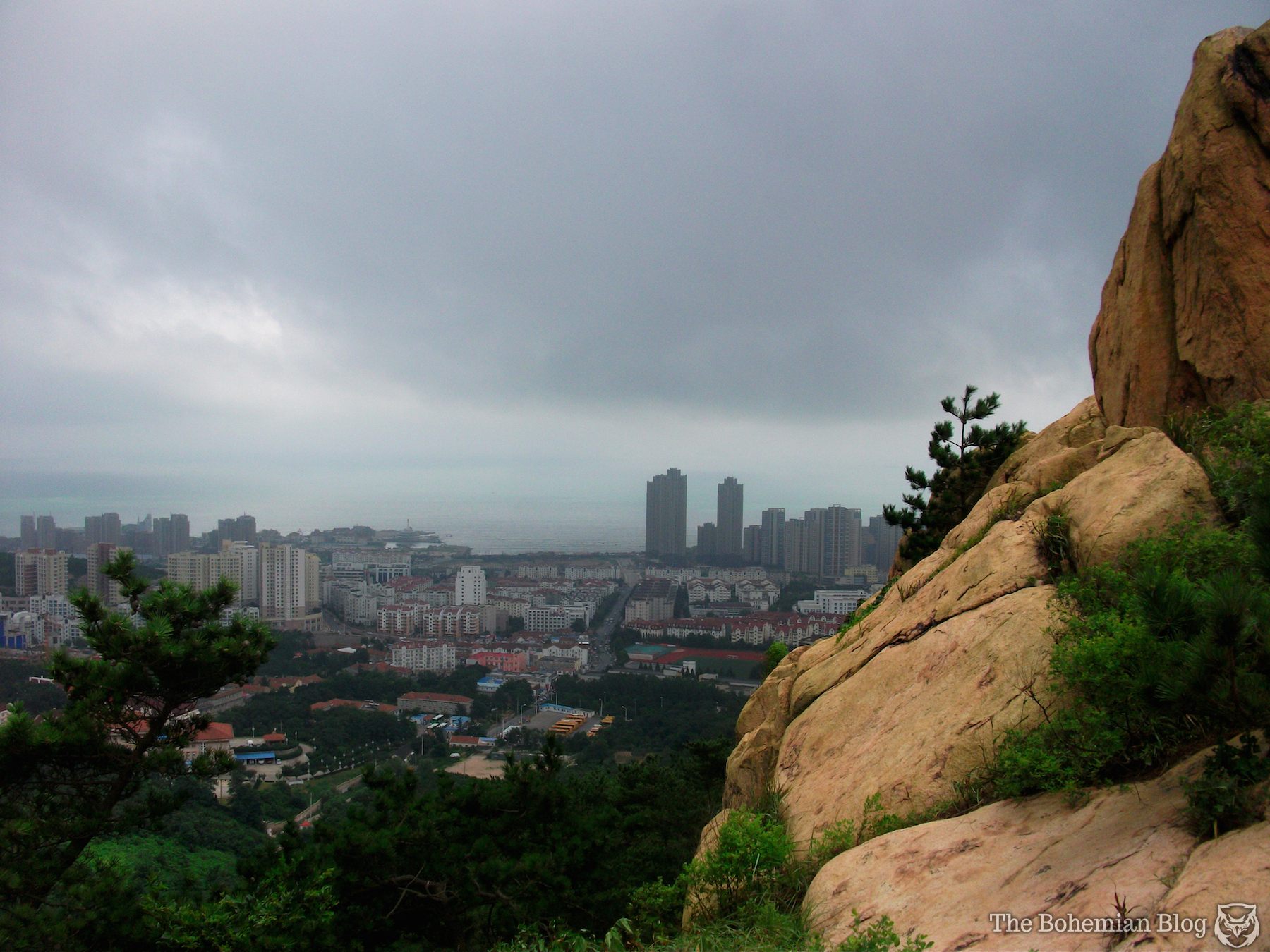
The 19th century was an age of empires, and yet some of those empires are better remembered now than others. The British, Spanish, and French, for example, all left indelible marks across their strongholds in Asia and the Americas. The Ottoman Empire, meanwhile, is remembered only too well, not least in those Balkan nations which once lived in its shadow. There is a tendency, however, to forget about Germany’s imperial efforts outside of Europe.
Towards the end of the 19th century the German Empire established a colony in China that would leave its cultural imprint to this day. Modern-day Qingdao is a city on China’s eastern seaboard, in Shandong Province, some 550km south of Beijing. Until as late as WWII, the city still bore its German name of “Tsingtao,” and even today, the local German influence runs deep.
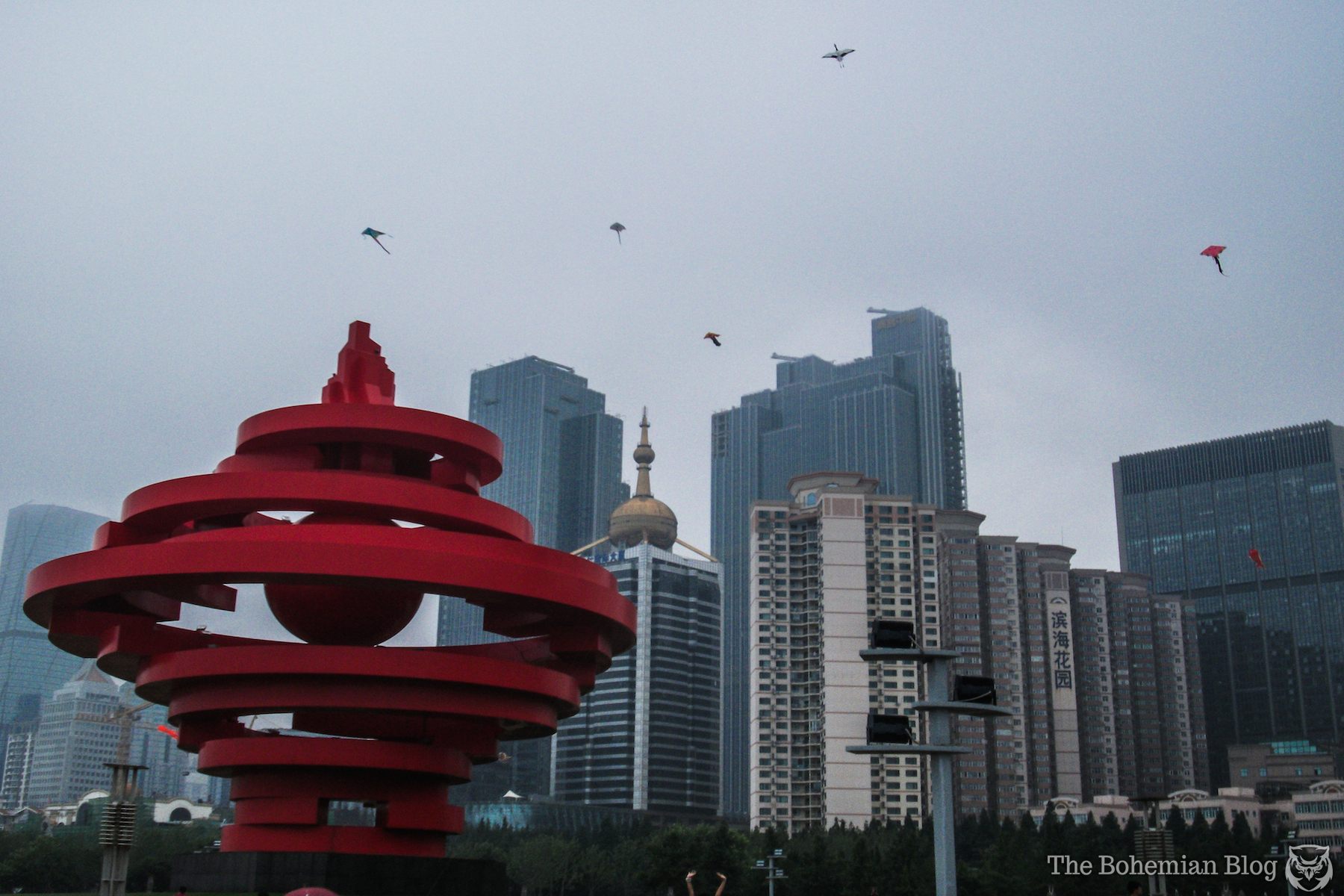
Qingdao’s “May Fourth” Monument (photograph by Darmon Richter)

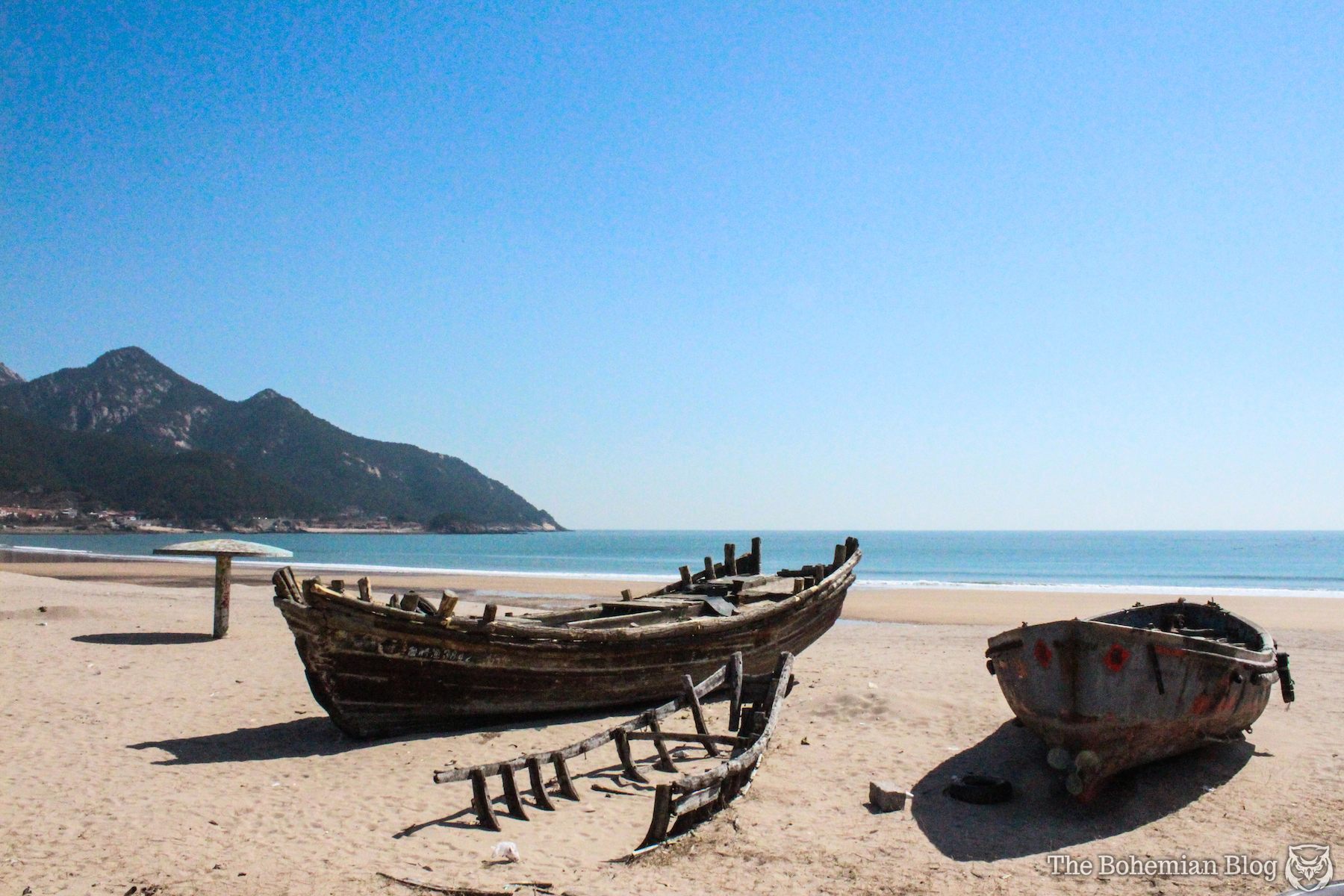
Abandoned boats on a beach north of the city (photograph by Darmon Richter)
Most notable is the Bavarian Quarter, with its European architecture and German-styled St. Michael’s Cathedral. Nearby there’s “Wine Street,” and the notorious “Beer Street,” where breweries still mass produce Tsingtao beer using techniques first introduced by German brewmasters. The city of Qingdao is known for its annual beer festival — dubbed the “Asian Oktoberfest” — where tens of thousands of Chinese beer enthusiasts gather to celebrate the German colony’s liquid legacy.
Qingdao also features a uniquely fascinating misuse of the English language. Expats in China will no doubt already be familiar with the concept of “Chinglish” — an often-incomprehensible arrangement of English words and phrases, twisted into nonsensical patterns by incompatible Chinese approaches to grammar and sentence construction. In Qingdao this non-language takes on an all-new dimension by incorporating German words alongside the English. In the Bavarian district, visitors can spot signs such as “Bao Long New Das-Restaurant,” and even, “Slippery steps: machen Sie very careful.”
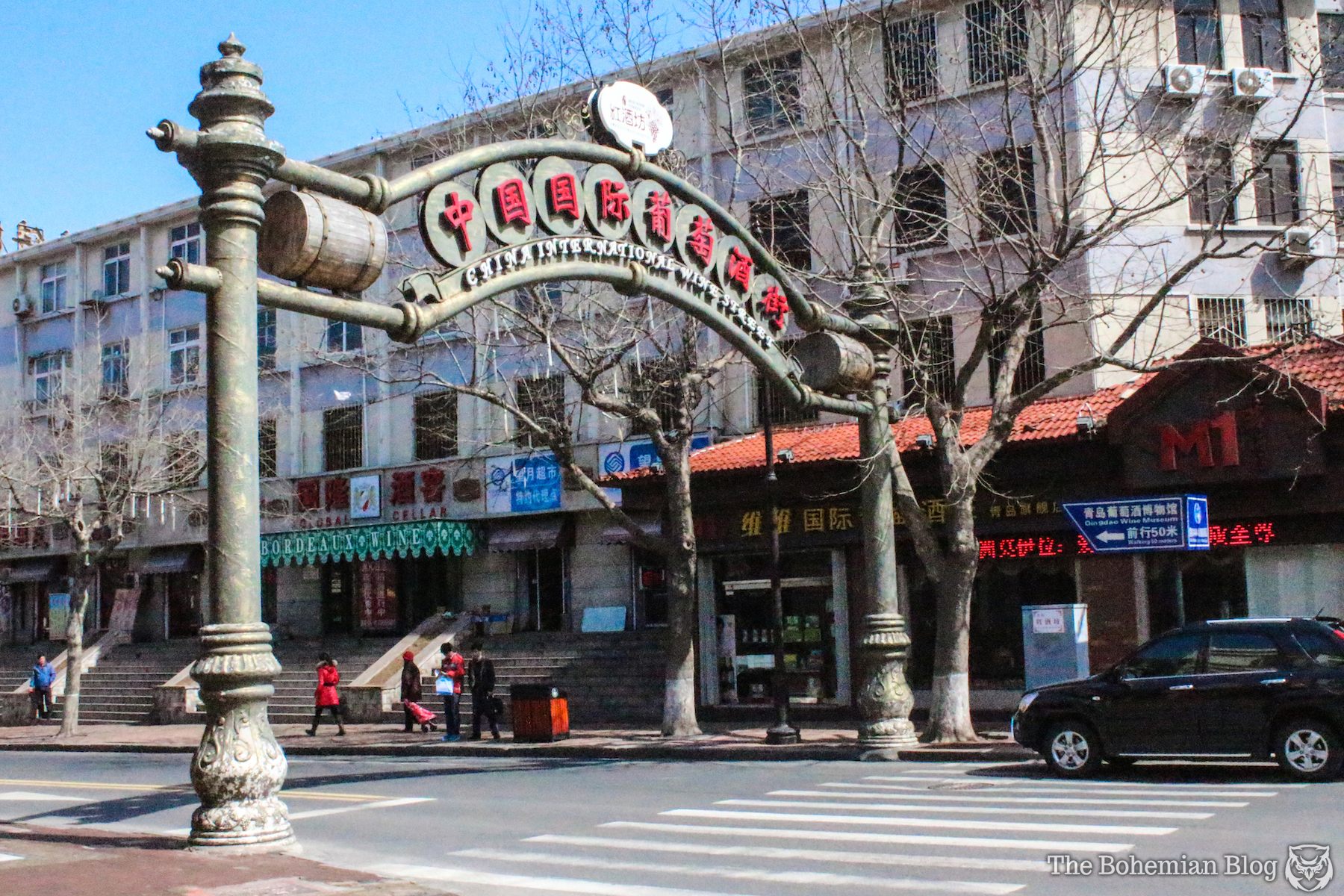
Qingdao’s “Wine Street” (photograph by Darmon Richter)
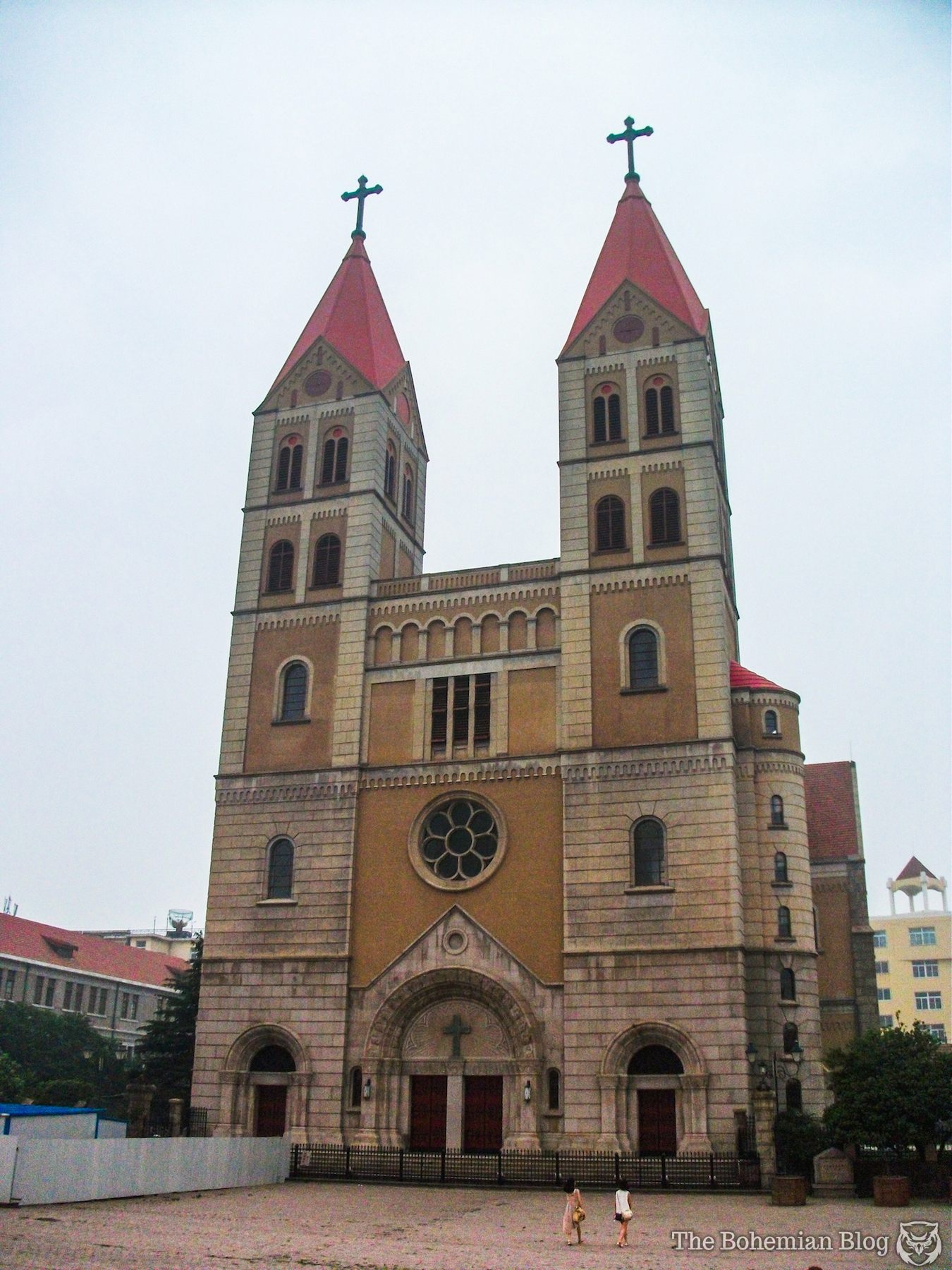
The Bavarian-style St. Michael’s Cathedral (photograph by Darmon Richter)
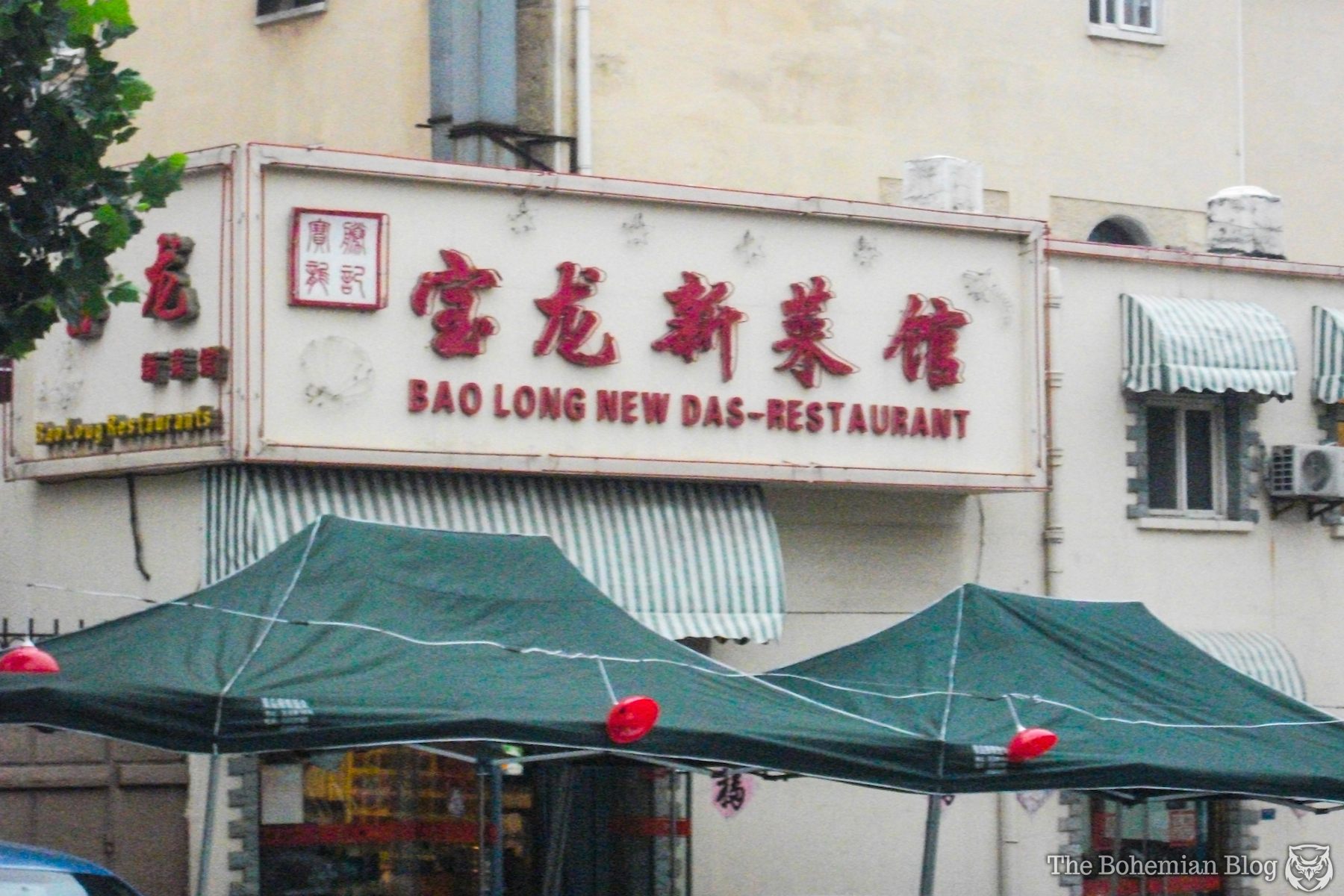
A restaurant sign confusing English and German words (photograph by Darmon Richter)
Some of the most poignant relics of Germany’s Chinese occupation are forgotten and largely undisturbed, deep beneath the parks and pavements of Qingdao. The German colonists were ever fearful of a sea-based attack by the notorious British fleets stationed down the coast at Shanghai and in Hong Kong harbor. Their paranoia inspired the excavation of extensive tunnels and bunkers under the city and its surrounding areas.
Now stripped bare and long abandoned, these deep, subterranean fortifications tell a parallel story to the churches and breweries up above, and perhaps paint a truer picture of the very real paranoia that afflicted this small German colony, staking out a corner of a foreign continent so very far from home.

A German canon points out to sea (photograph by Darmon Richter)

Fortified gun turrets on Mount Qingdao (photograph by Darmon Richter)
The command center of this outpost was located right in the heart of Tsingtao. Construction began in 1899, just a year after the colonists arrived, and involved the excavation of three sites located around Mount Qingdao — an area now developed into Qingdao’s scenic Zhongshan Park. This subterranean stronghold consisted of northern and southern battery emplacements in addition to a deep, multi-level command center.
Germany’s outpost in China was to be short-lived. In 1914, the Great War broke out, and Japan battled Germany for control of the Tsingtao colony. Conflict ended in a Japanese victory; the German troops were forced into surrender, and they destroyed the northern and southern placements at Tsingtao before retreating to join the war effort at home in Europe.

Inside the tunnels beneath Zhongshan Park (photograph by Darmon Richter)

A long disused firing position looks out over the park (photograph by Darmon Richter)
The remains of these destroyed bases can still be seen in Zhongshan Park. Scattered here and there between ponds and pagodas, crumbling brick archways open onto musty tunnels that disappear beneath the ground. Ultimately however, the passages go nowhere — they feed into collapsed chambers where the city’s homeless now shelter, or into flooded corridors infested with weird and wonderful bugs.
The centrally placed command center meanwhile, after a brief period at the service of the Chinese Navy, has now been memorialized as the Mount Qingdao Fort Museum.

Entrance to the Mount Qingdao Fort Museum (photograph by Darmon Richter)

A staircase connecting the museum’s subterranean levels (photograph by Darmon Richter)
Spread across five subterranean levels and featuring a total area of 2,000 square meters, the museum experience invites visitors to tour passages, mess rooms, powder stores, and lookout towers. Today the former stronghold languishes in a notably poor state of repair; damp tunnels crumble beneath the earth, while the deeper levels have been completely overrun by a colony of oversized huntsman spiders. In some chambers, cast bronze mannequins of soldiers in 19th-century uniform are positioned in scenes that illustrate how this complex might have looked in times of use. Occasionally the walls are broken up by information panels, the majority of them written solely in Chinese.
It is not these touristic touches that serve as the main attraction to the museum, but rather the depth and the complexity of the tunnels themselves. The German colonists created this vast warren of passages using a process of blasting and backfilling, and the complete network survives today as one of the largest and most elaborate military construction projects anywhere in Asia.

Dioramas inside the museum illustrate military occupation (photograph by Darmon Richter)
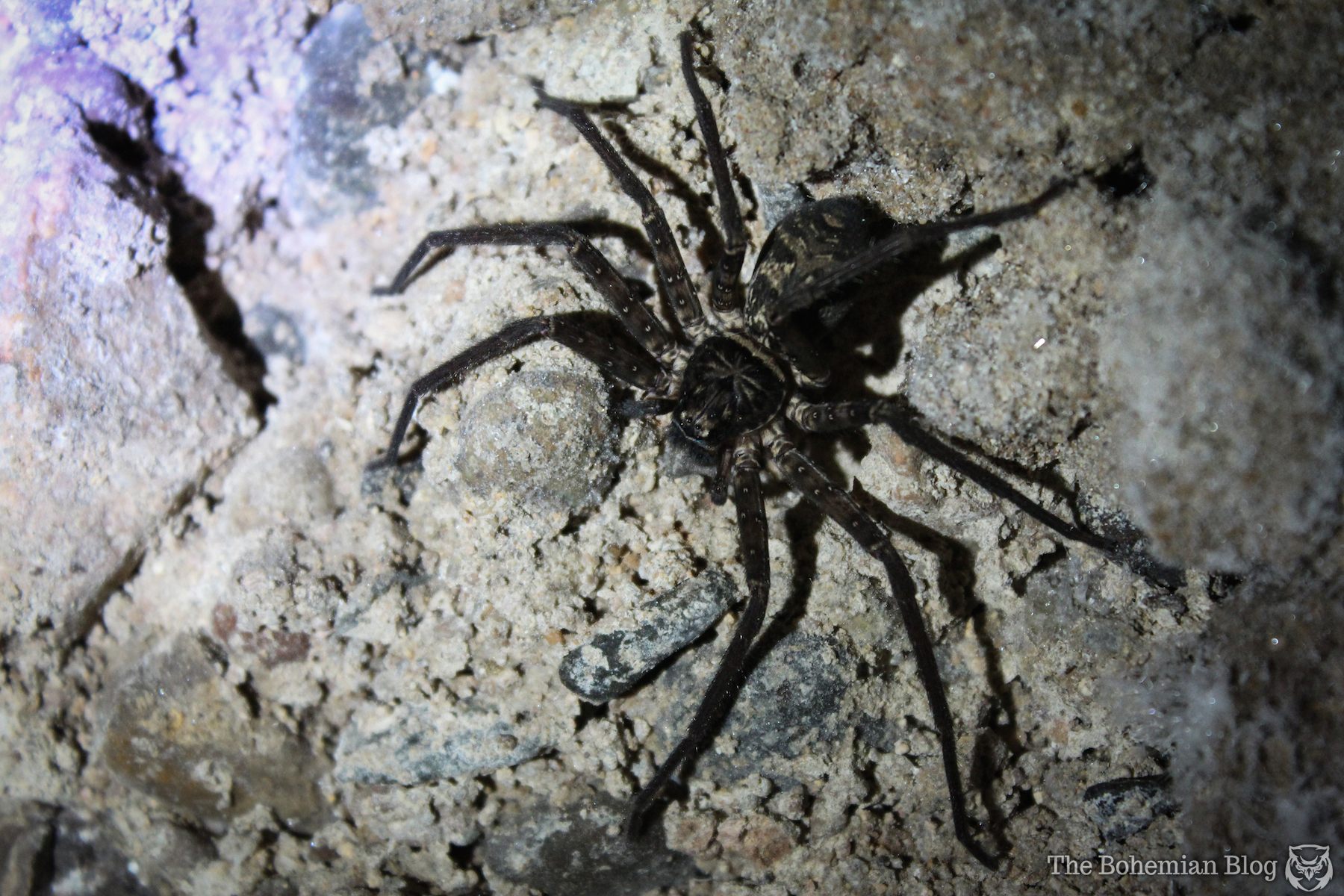
One of the many large spiders that now inhabit these tunnels (photograph by Darmon Richter)
But the Mount Qingdao Fort Museum and the collapsed tunnels beneath Zhongshan Park are not the only relics left behind by these pioneering German tunnel diggers.
Rising to the north of Qingdao stands Mount Fu (in Chinese, “FuShan”), a rocky formation that commands unrivalled views across the city and the bay beyond. It was here that the colonists dug the deepest, blasting tunnels and bunkers into the very heart of the mountain. These labyrinthine passages weave deep into the rock to form interlinked spaces which would once have served as living quarters, war rooms, kitchens, and stores; their upper reaches terminating in watchtowers and firing positions carved out from the very mountainside.

A gun turret on FuShan looks down across Qingdao (photograph by Darmon Richter)

Storerooms constructed inside the mountain (photograph by Darmon Richter)
At least three separate networks were constructed beneath the surface of FuShan. While some sources suggest that the FuShan tunnels were used as weapon stores during the time of Chairman Mao’s Cultural Revolution, these German tunnels nevertheless lie completely abandoned nowadays; their heavy bulkhead doors rusted open to reveal tantalizing glimpses of the darkness inside the mountain.
Down below, the modern city of Qingdao still celebrates its German heritage, but the city’s subterranean legacy is for the most part forgotten, or unknown altogether. The Mount Qingdao Fort Museum goes largely unadvertised, a modest historical attraction tucked away in a corner of Zhongshan Park. Fewer still would ever suspect that those same German colonists who built the Bavarian district, who founded what is now known as perhaps the finest brewery in China, had also labored long and hard to weaponize the very mountain that watched over them.
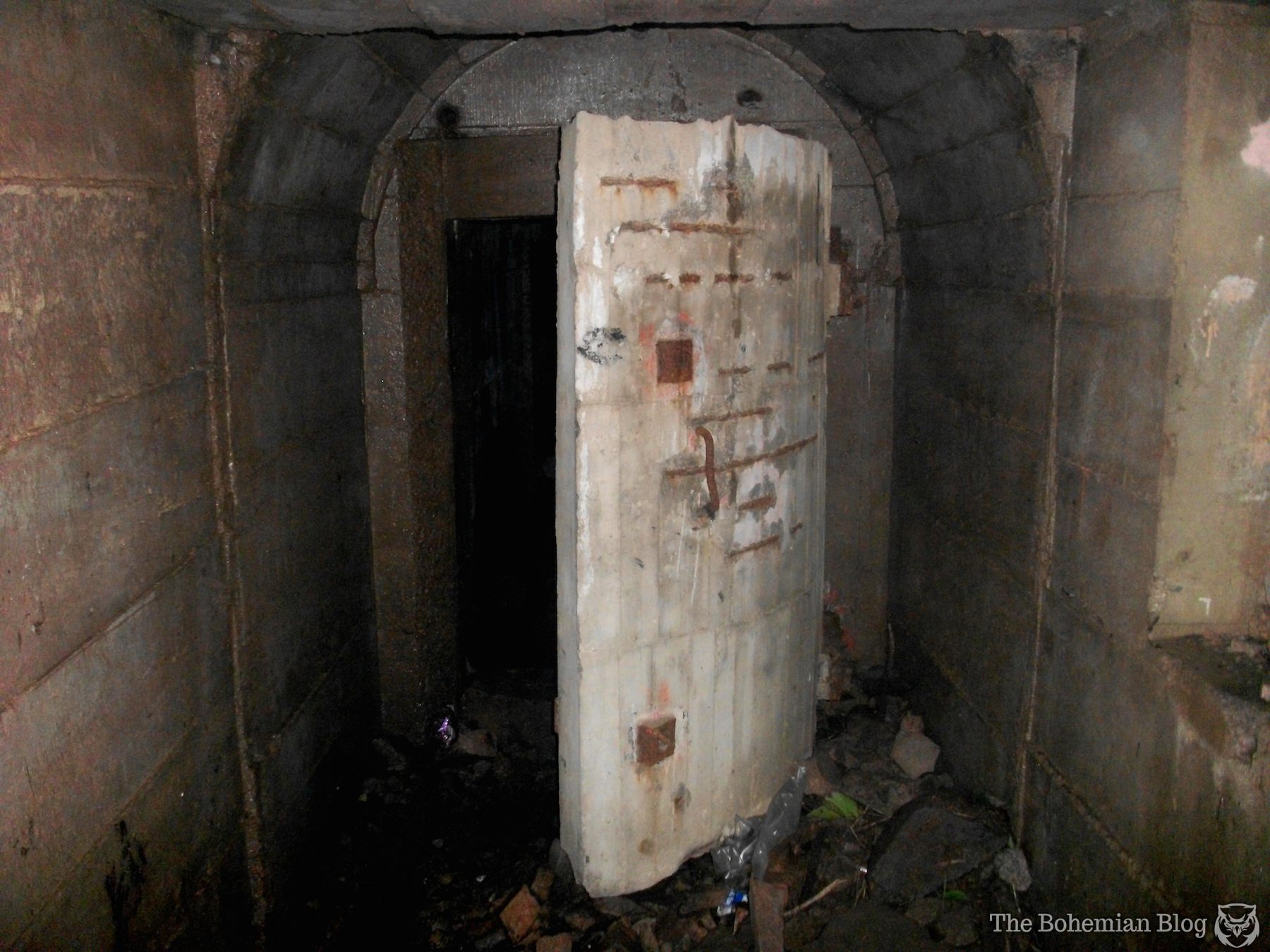
The blast door entrance to one of the FuShan tunnel networks (photograph by Darmon Richter)

A view of Qingdao from FuShan (photograph by Darmon Richter)
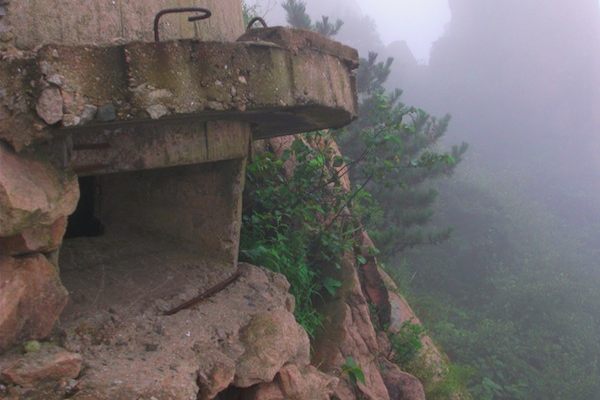






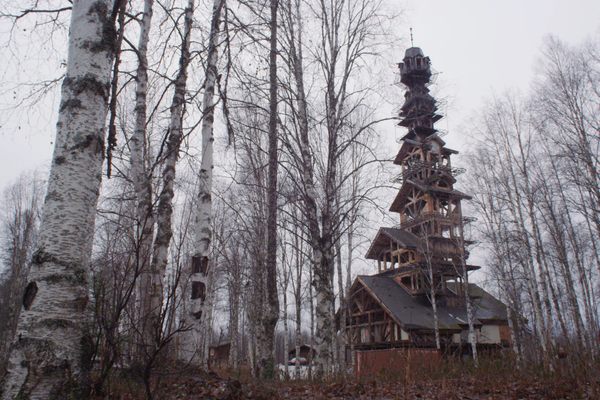





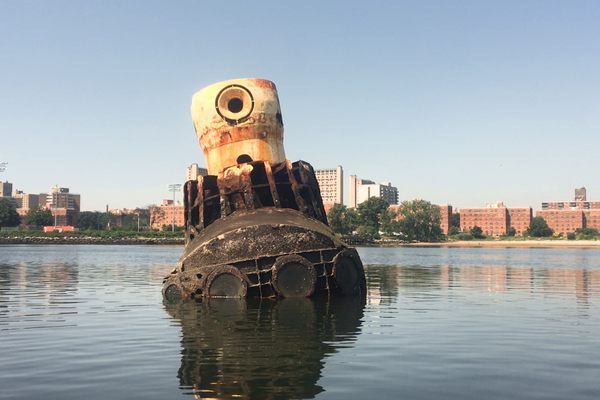


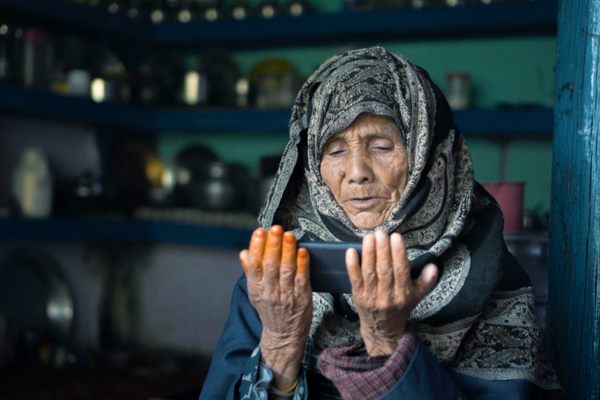


Follow us on Twitter to get the latest on the world's hidden wonders.
Like us on Facebook to get the latest on the world's hidden wonders.
Follow us on Twitter Like us on Facebook